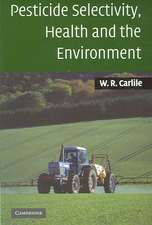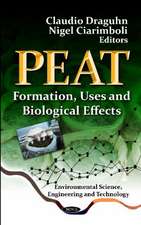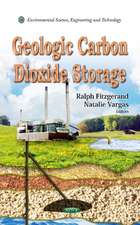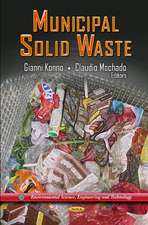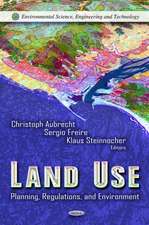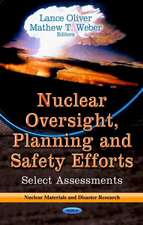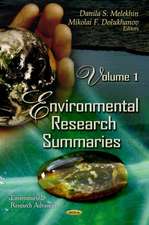Rational Pesticide Use
Editat de K. J. Brent, R. K. Atkinen Limba Engleză Hardback – 16 sep 1987
Preț: 686.67 lei
Preț vechi: 807.73 lei
-15% Nou
Puncte Express: 1030
Preț estimativ în valută:
131.41€ • 142.69$ • 110.38£
131.41€ • 142.69$ • 110.38£
Carte tipărită la comandă
Livrare economică 18-30 aprilie
Preluare comenzi: 021 569.72.76
Specificații
ISBN-13: 9780521320689
ISBN-10: 0521320682
Pagini: 360
Dimensiuni: 189 x 246 x 24 mm
Greutate: 0.93 kg
Editura: Cambridge University Press
Colecția Cambridge University Press
Locul publicării:Cambridge, United Kingdom
ISBN-10: 0521320682
Pagini: 360
Dimensiuni: 189 x 246 x 24 mm
Greutate: 0.93 kg
Editura: Cambridge University Press
Colecția Cambridge University Press
Locul publicării:Cambridge, United Kingdom
Cuprins
Foreword; 1. Natural selection in crop protection P. T. Haskell; Part I. Environment: 2. Effects of pesticides on wildlife and priorities in future studies J. P. Dempster; 3. Integrating chemical control with the activity of beneficial organisms S. A. Hassan; 4. Environmental toxicology - its role in crop protection C. F. Wilkinson; 5. Pesticide registration: benefit or bureaucracy? B. Thomas; Part II. Application: 6. Requirements for effective and efficient pesticide application E. C. Hislop; 7. The needs of application research in different countries E. Kersting; 8. Basic phenomena active in electrostatic pesticide spraying S. E. Law; 9. The efficient aerial application of sprays J. J. Spillman; 10. Mathematical modelling in spray engineering research J. A. Marchant; Part III. Resistance: 11. Fungicide resistance in crops - its practical significance and management K. J. Brent; 12. Build-up and persistence of fungicide resistance J. Dekker; 13. Resistance and hormoligosis as driving forces behind pest outbreaks V. Dittrich; 14. Strategies for prevention of herbicide resistance in weeds J. Gressel; 15. Pesticide resistance: strategies and co-operation in the agrochemical industry C. N. E. Ruscoe; Part IV. Forecasting and Pest Management: 16. Decision theory and the economics of crop protection measures J. P. G. Webster; 17. Rationality in pesticide use and the role of forecasting E. J. Tait; 18. Advances in disease forecasting W. E. Fry; 19. Potential opportunities for rational pest control in developing countries C. A. J. Putter; 20. Forecasting annual crop pests: advantages and limitations Y. Robert; 21. Practice and progress in pest forecasting T. Lewis; 22. Progress towards rational weed control strategies G. W. Cussans, R. D. Cousens and B. J. Wilson; 23. Advising the farmer on pesticide use: a viewpoint from the agrochemical industry J. O. Walker; 24. Commercial implementation of forecast methods J. Wilson; Subject index.
Descriere
The book is based on the ninth Long Ashton Symposium and is organised into four sections.

